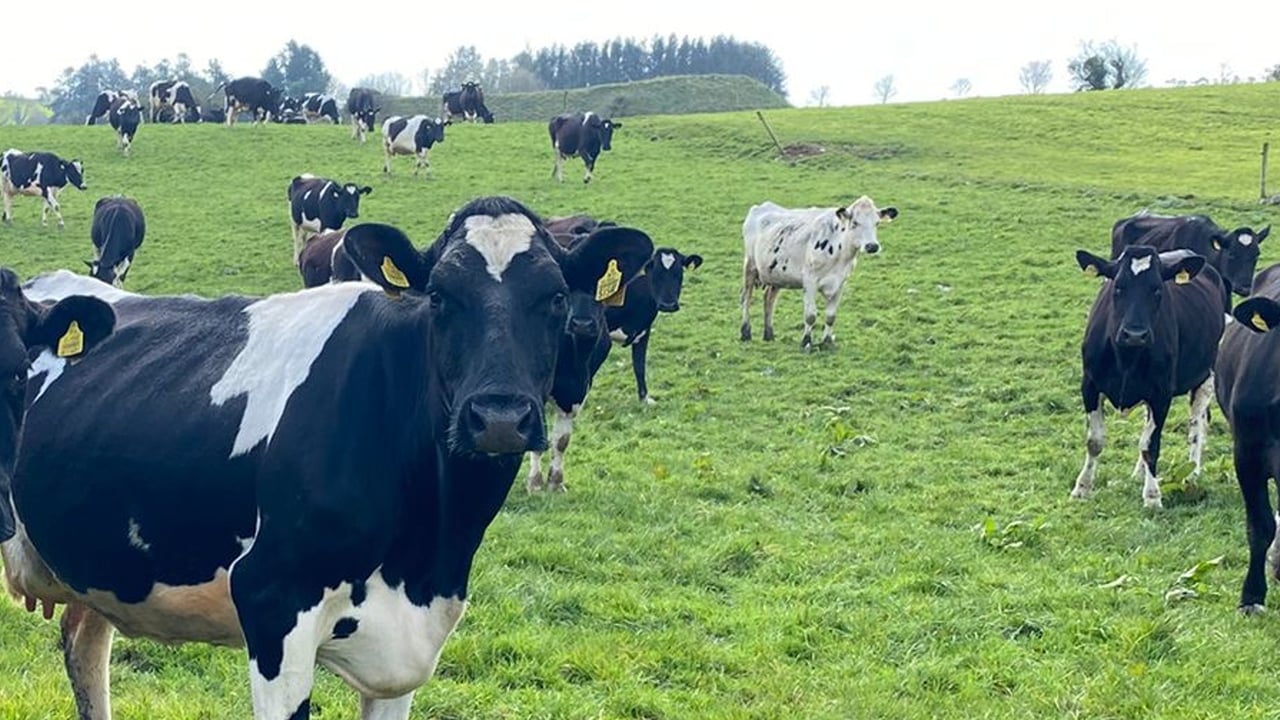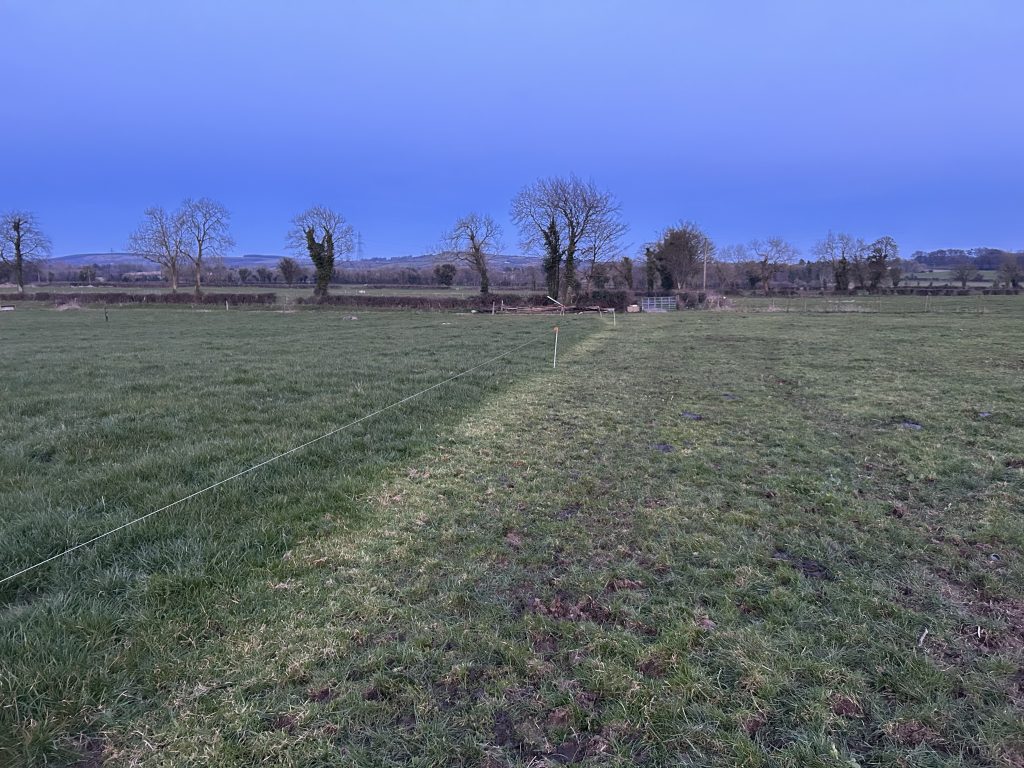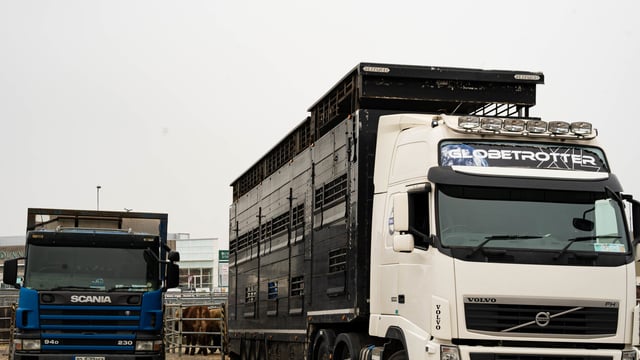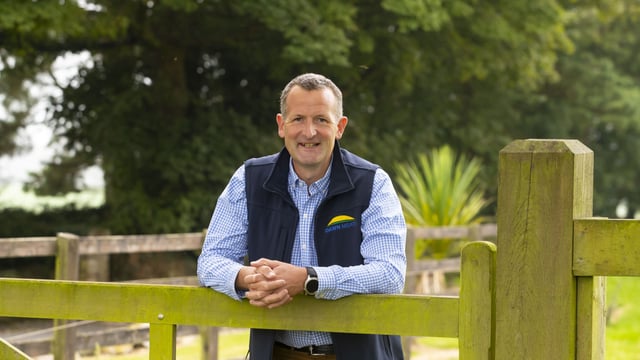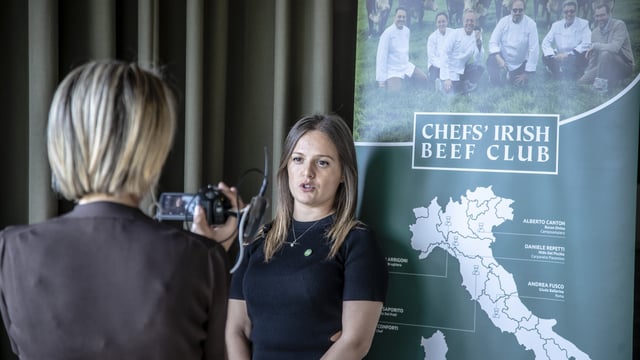Setting up the dairy platform for next spring
Closing out the dairy platform at this time of the year is essential to ensuring you can get the best possible start next spring.
2025 was a relatively good year for grass growth with cows still out into late October.
However, it is always important to prepare for the worst when things are good, considering the current unoptimistic trajectory of milk price, as well as unstable weather patterns.
That is why it is crucial to close out the platform properly and get the herd prepared for the spring.
Most farmers still have six to eight weeks of the current lactation to go, so now is a good time to plan ahead for next season.
Closing the platform
Considering the relatively dry autumn we have had, the majority of cows in the are still out at grass despite the weekend's rain.
Although some farmers now have cows in by night, they are still out grazing during the day.
However, as the days get shorter and damper, dry matter (DM) is falling quickly, as is milk production.
This should remind farmers that spring grass is twice as valuable to cows as autumn grass.
It is important to finish the final rotation if possible, achieving graze out targets and bringing cows in full time once the rotation is met.
However, it is also important to remember not to leave the cows out for the sake of it.
With demand now surpassing growth, if grass becomes tight, do not be tempted to start into a new rotation or even go back into one or two paddocks.
Instead, prolong the grazing season by buffer feeding or using allocation practices such as strip fencing, as long as you are considerate not to allow severe poaching.
Teagasc typically recommends pulling the plug on grazing once the average farm cover (AFC) reaches 650kg/ha.
Farmers must continue to target a 4cm residual to boost grass growth and allow for good quality paddocks next spring.
As things stand, aim to have 60-70% of the farm grazed out by November 1 to stay on target of having a fully closed platform by mid-November.
Dry cow management
Dry cow management also plays a crucial role at this time of year, as good management will go a long way in helping get set up properly for spring.
Ideally, farmers should be body condition scoring (BCS) now to determine which cows may need longer than the typical eight-week dry period.
Cows that are under condition, as well as first lactation cows, may need up to 12 weeks to get back on track before February calving, meaning they should be dried off in the next couple of weeks.
Cull cows can be the last to be dried off, but it is always worth keeping an eye on the current markets to get the best price.
Feed under-conditioned cows silage with a dry matter digestibility (DMD) value of over 70%.
Further preparations
Farmers should be testing silage now so they can formulate the correct diet to feed over the winter months to each group.
They should also be ensuring calf sheds are ready for the start of the spring calving season.
Any necessary fixes or repairs to infrastructure on the grazing block should also be done over the coming months while things are a bit quieter.
Farmers who hire labour for the spring calving season should also be recruiting over the coming months.
And one of the most important things to do in the short post-dry-off and pre-calving period is to get some rest or get away from the farm for a few days.

